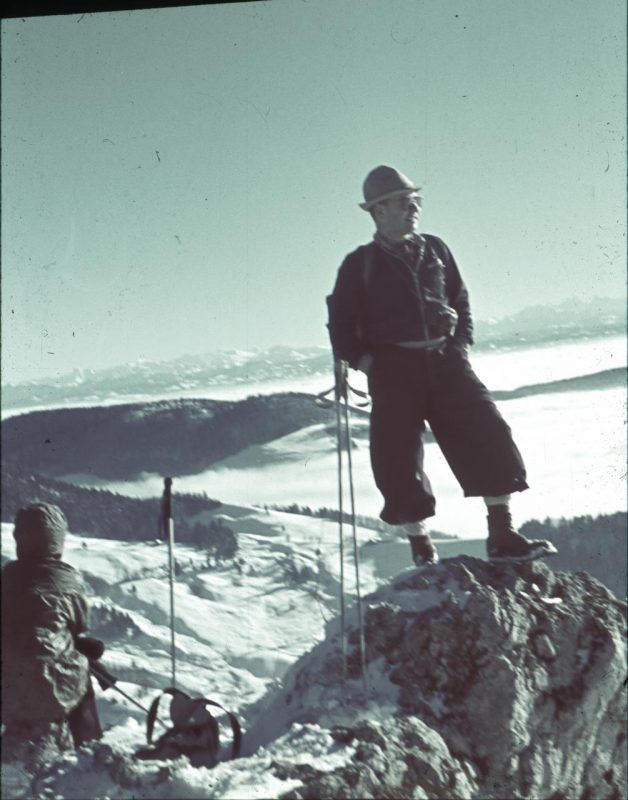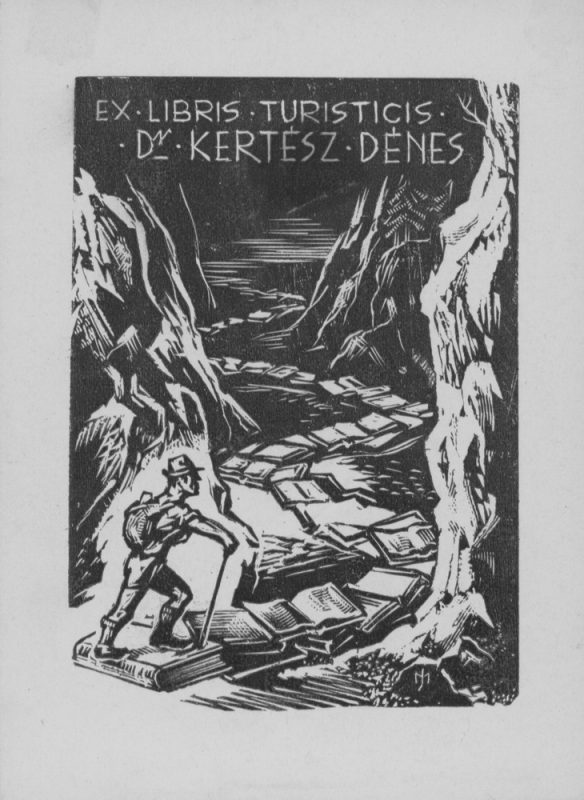As Europeans are rediscovering their local natural surroundings, confined to their immediate area due to lockdowns and travel restrictions, hiking and bikepacking have become prime holiday past-times this year.
But how did the sport of walking for the sake of walking come to be? When did the network of hiking trails criss-crossing Europe start popping up everywhere, and who put them there? This blog explores the history of hiking in Europe, from Wandervögel to Grande Randonnée.
The idea of walking for leisure, for introspection and to reconnect with nature resonated with the artists of the Romantic period, in the 19th Century.
Painters, poets and writers turned to woods and mountains to be alone, connect with their surroundings, and with their inner emotions. One of the main exponents of the Romantic era was Caspar David Friedrich, famous for his 'Wanderer above the sea of Fog'. He and other Romantic artists used nature as a canvas for their own emotions and thoughts, constantly comparing and contrasting the relationship between humans and nature.
Romantic poets and writers turned to walking through nature and writing about their experiences and travels as well. Wordsworth, Keats, Coleridge, R.L. Stevenson and Henry David Thoreau all undertook long-distance hikes or secluded themselves in nature. Travel writing about walking tours became a popular genre, spearheaded by Robert Louis Stevenson's 'Travels with a Donkey in the Cévennes' in 1879.
'I travel not to go anywhere, but to go'
- R.L. Stevenson, 'Travels with a donkey in the Cévennes'.

Travels with a donkey in the Cévennes : with a frontispiece by Walter Crane, Walter Crane, 1879. Federacja Bibliotek Cyfrowych, Poland, CC BY.
The increasing industrialisation and urbanisation in the 19th century resulted in more and more people wanting to escape the polluted, over-crowded cities to enjoy exercise and fresh air in the countryside.
Soon, organisations sprung up that functioned as hiking clubs. Most of these clubs originated in the second half of the 19th Century, like the Ramblers in the UK, The Norwegian Trekking Association, the Swiss Alpine Club, and the German Wandervögel.
Most of these clubs intended to organise hiking outings in groups or advocate for walkers' rights.
The German Wandervögel were unique in different ways, mainly consisting of youths and focusing heavily on German nationalism. The Wandervögel protested the on-going industrialisation by championing a frugal way of life, decrying authority and top-down governance, and valuing a return to nature as well as their Teutonic roots. Groups of Wandervögel often carried musical instruments with them, reviving old German folk songs while hiking through nature.
Marking paths and tracing routes specifically meant for hiking became more and more popular in the 20th Century. A lot of the hiking clubs created in the 19th Century started building and maintaining their own hiking trails.
As the 20th Century progressed, more focus went towards building long-distance trails: hiking paths spanning hundreds of kilometers that could be walked in sections or braved in a single multi-day trek.
The first long-distance footpath in Europe was the Hungarian National Blue Trail, inaugurated in 1938. At the time, it covered almost 1000 km of Hungary's natural landscape.
About ten years later, in 1947, the first French long-distance trail was created. In the 1930s, France had introduced the concept of paid vacation, which suddenly gave workers free time to spend however they wanted.
Jean Loiseau, a Frenchman inspired by his experience in scouting and hiking clubs, decided to start marking long-distance footpaths so people could go on multi-day treks throughout the French countryside during their vacations. In France, long-distance hiking trails were called GR paths, which stands for Grande Randonnées, or 'long walks'.
GR paths and organisations maintaining those paths can today be found in France, Belgium, the Netherlands, Spain, Germany and the United Kingdom.
The longest and most recent long-distance hiking trails in Europe are the European long-distance paths, or E-Paths.
These Paths often partly follow and connect national GR paths and pass through many different countries. The E-paths are maintained by the European Ramblers' Association. European long-distance paths became possible after the formation of the European Union, resulting in open border crossings that allowed anyone to freely move between countries.
Currently there are 12 E-Paths, covering more than 70,000 kilometres.

Fotografie | Waldenburg, Chellenköpfli, Gipfelpose von Theodor Strübin, 1923-1988. KIM.bl, Switzerland, CC BY-SA

Ex libris Dr. Kertész Dénes, Menyhárt József, 1962. Balatoni Múzeum - Keszthely, Hungary, CC BY-NC-ND
With tens of thousands of kilometres of hiking paths available in Europe, most Europeans won't have to look far for a trail to trek. If you're looking for an escape to nature this summer in your own area, why not look up which hiking paths you could take?



